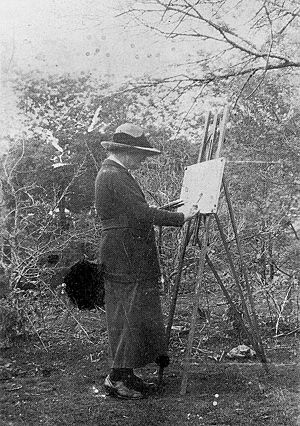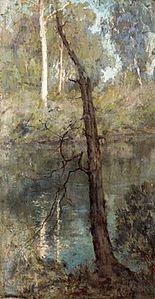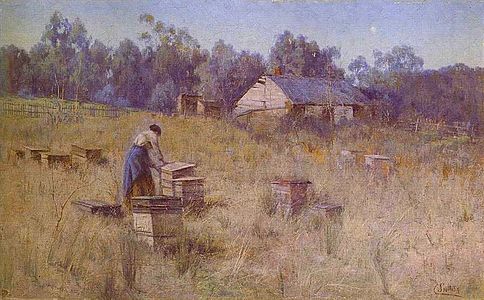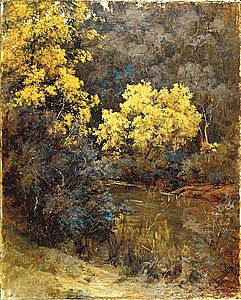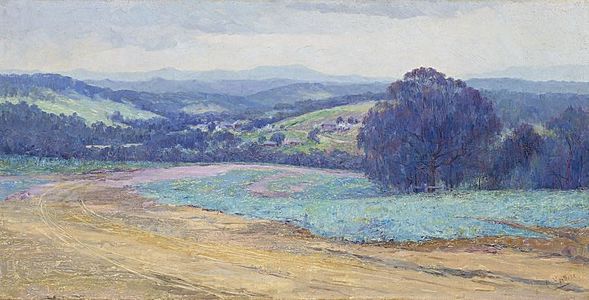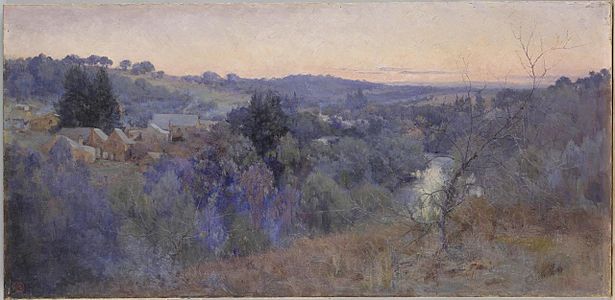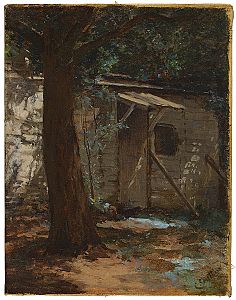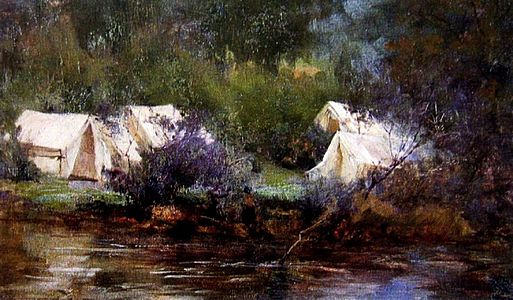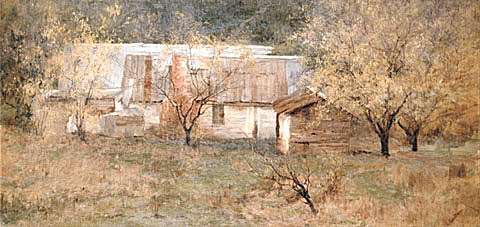Clara Southern facts for kids
Quick facts for kids
Clara Southern
|
|
|---|---|
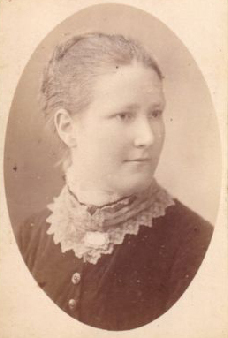 |
|
| Born | 3 October 1860 Kyneton, Victoria, Australia
|
| Died | 15 December 1940 (aged 80) Melbourne, Victoria, Australia
|
| Nationality | Australian |
| Education | National Gallery of Victoria Art School |
| Known for | Painting |
| Spouse(s) |
John Arthur Flinn
(m. 1905) |
Clara Southern (born 3 October 1860 – died 15 December 1940) was an important Australian artist. She was part of a group called the Heidelberg School, which is also known as Australian Impressionism. This means she painted in a style similar to the French Impressionists, but focused on Australian landscapes and light. Clara was active as an artist from 1883 until she passed away in 1940. People sometimes called her 'Panther' because she was tall and graceful with reddish-blonde hair.
Contents
Clara's Early Life and Art Training
Clara Southern was born in Kyneton, Victoria, Australia, in 1860. She was the oldest of six children. Her father, John Southern, was a timber merchant and farmer.
From 1883 to 1887, Clara studied art at the School of Design, which was part of the National Gallery of Victoria. She learned from famous teachers like George Folingsby and Frederick McCubbin.
Joining Art Clubs
While she was studying, Clara joined the Buonarotti Club. This was a fun group for writers, painters, and musicians. Many other artists from the Heidelberg School were also members. Clara was one of the first women to be chosen to join the club in 1886. Other important female artists, like Jane Sutherland and May Vale, were also members.
Clara was also a member of several other art groups. These included the Victorian Artists Society and the Melbourne Society of Women Painters and Sculptors. She was the first female member of the Australian Artists’ Association, which was a big step for women in the arts.
When she was in Melbourne, Clara shared an art studio with Jane Sutherland and Tom Roberts. This studio was located at Grosvenor Chambers on Collins Street. She also taught art classes there. Clara often went on painting trips with her friends from the Heidelberg School. They would paint outdoors, which is called plein air painting, in places like Heidelberg and Eaglemont.
Life and Art in Warrandyte
By 1908, Clara Southern had helped create a special art community in Warrandyte. This is a small town on the Yarra River, about 30 kilometres from Melbourne. Many younger landscape painters came to Warrandyte because of her. Even her old teacher, Walter Withers, would visit her there to paint the beautiful scenery.
Clara lived in a cottage called 'Blythe Bank' in Warrandyte. Her home became a central place for artists to gather. Famous artists like the McCubbins often visited. Clara encouraged many young artists to come to her studio. At one point, she was seen as the most important female landscape artist in Melbourne. Her paintings, like Evensong and A Cool Corner, really show the beauty of the Warrandyte area.
On 9 November 1905, Clara married John Arthur Flinn. He was a local miner. They built their cottage and later a studio at 'Blythe Bank' in Warrandyte. Even after she got married, Clara continued to show her paintings using her own name.
Famous Paintings
One of Clara's most well-known paintings is An Old Bee Farm. This painting is kept at the National Gallery of Victoria. It was even featured on the cover of a book about Australian culture.
Clara also cared about helping others. She supported charity events, like an exhibition to raise money for a water supply at the Hermannsburg Mission in Central Australia. She also helped with the Artists' Bushfire Relief Fund Exhibition because bushfires were a big danger in Warrandyte. Sadly, her beloved cottage 'Blythe Bank' was later destroyed by a bushfire after her death.
Clara Southern passed away in Melbourne on 15 December 1940. Today, a street called Southern Close in Chisholm, Canberra, is named in her honor.
Selected Works
- Oil paintings by Clara Southern
-
Old Bee Farm, National Gallery of Victoria
-
A Cool Corner, Art Gallery of Ballarat
-
Evensong, National Gallery of Victoria
-
The old shed, National Gallery of Australia
Exhibitions
Clara Southern's art was shown in many exhibitions during her lifetime and after she passed away:
- 1899–1917 - Victorian Artists' Society
- 1907 - First Australian Women's Work Exhibition
- 1914, 1917–1919 – Australian Art Association Exhibition
- 1934 - Exhibition to help the Hermannsburg Water Supply in Central Australia
Posthumous Exhibitions (After Her Death)
- 1975 - Australian Women Artists, One Hundred Years 1840–1940, Melbourne University
- 1995 - A l'hombre des jeunes filles et des fleurs: In the shadow of young girls and flowers, Benalla Art Gallery
- 2011–2012 - Look, Look Again, Lawrence Wilson Art Gallery, University of Western Australia


